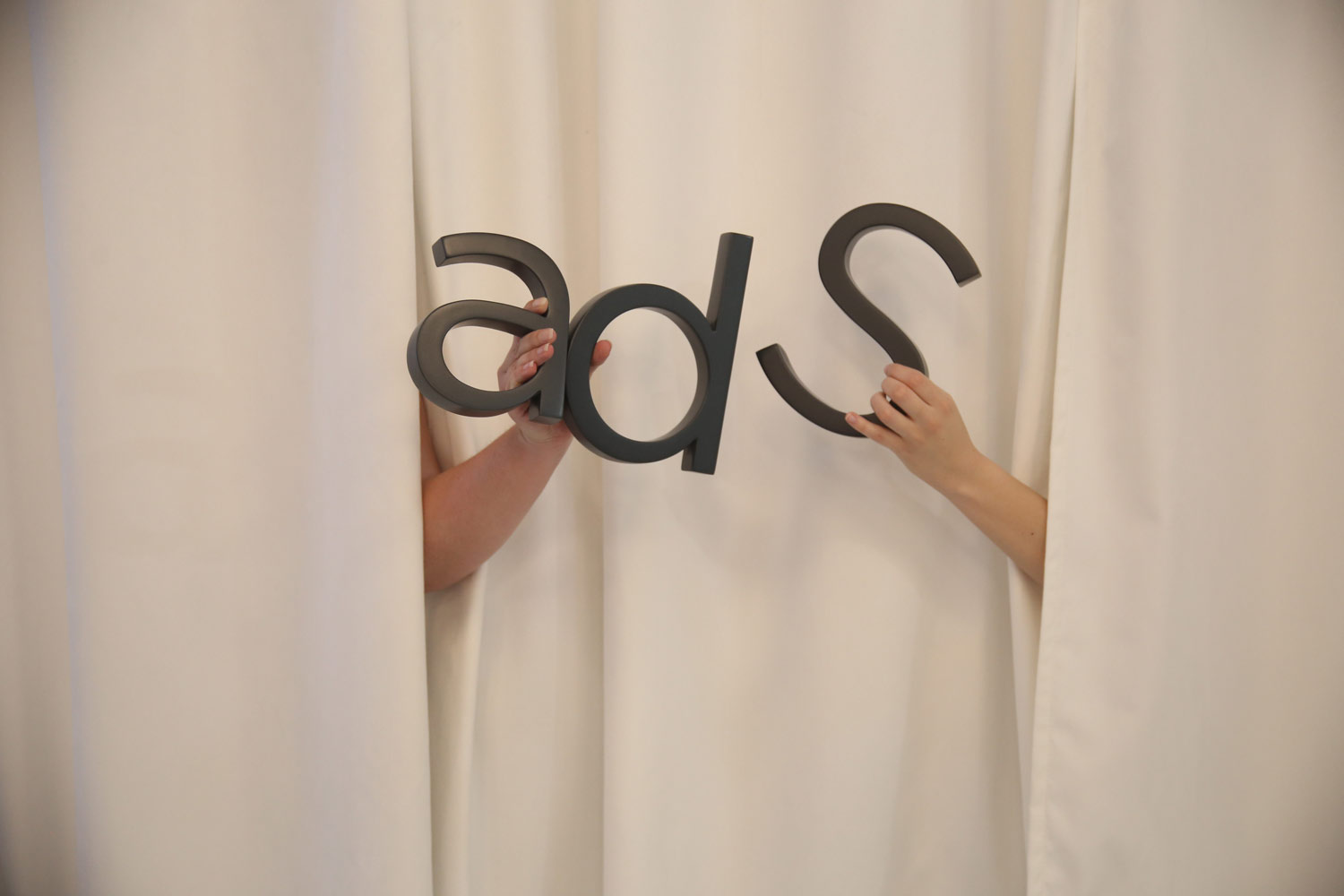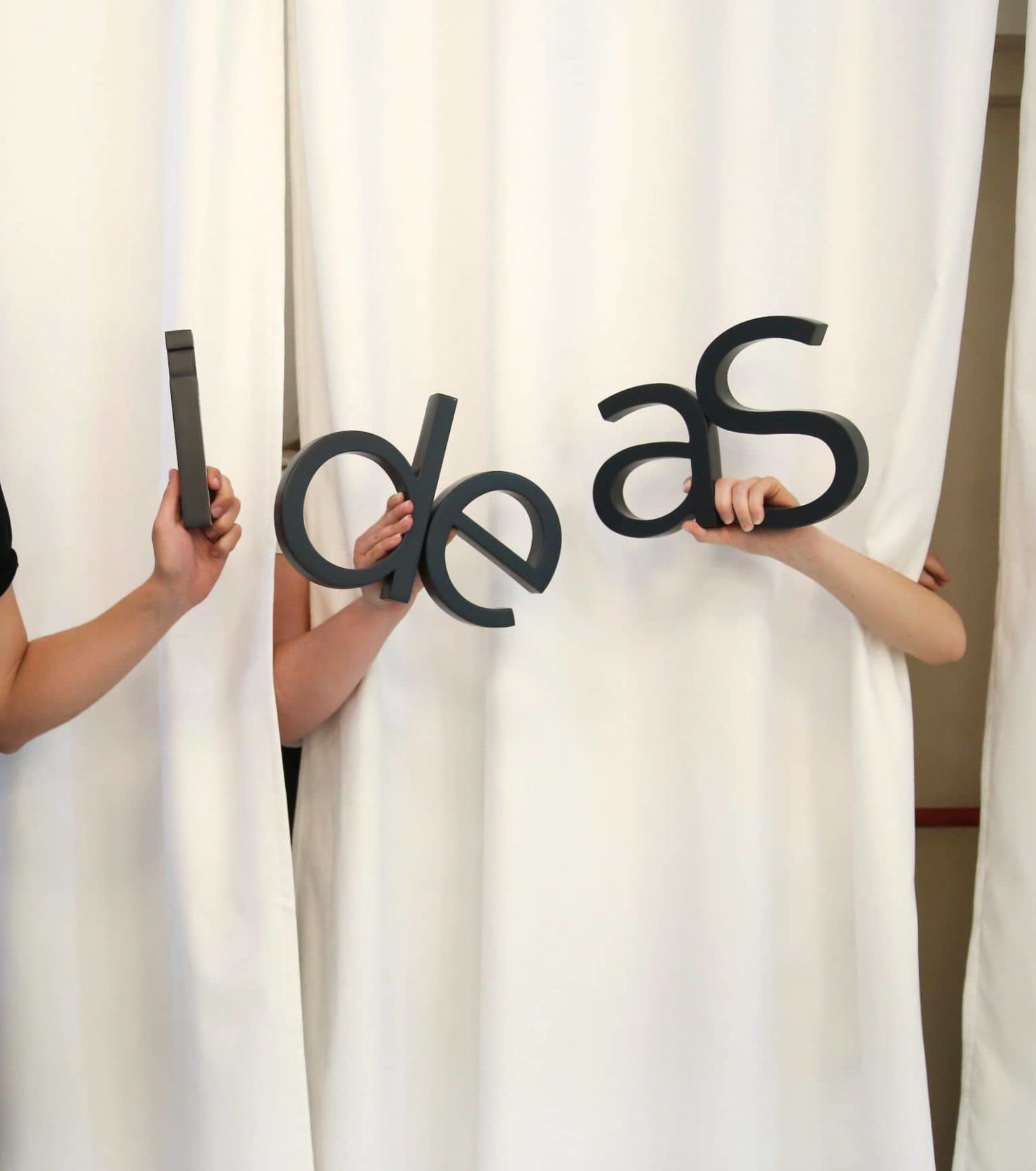As we recently went through the transition of accounts from Croatian Kuna to Euro, an intriguing observation captured our attention. Compared to the Euro, with Kuna, we had the unique advantage of bidding lower and more precisely. Inspired by Miroslav Varga’s ideas from a couple of years ago, we recognized the current moment as ideal to investigate the possibility of achieving lower bid values (cost per click and cost per view). Our aim was to determine if this approach could lead to improved results (impressions, reach and similar) for the same invested amount of money. We thus conducted an experiment where we used two different currencies: Euro and Hungarian Forint.
Introduction
We conducted this experiment on one of our longest-standing client’s accounts. We thus knew with great precision how their results vary, and which metrics, results and bids are usual for their campaigns. In this specific case, we were to run a flight campaign, a type of campaign that usually lasts for a short period of time, this time, spanning a month and a half. What set this campaign apart was the idea to activate identical display and video campaigns, on two different accounts with distinct currencies – Euro and Hungarian Forint – a currency that is stable enough and has a much smaller value than the Euro. Join us as we dig into the fascinating results of the experiment, revealing the power of currency value in the world of advertising.
The experiment
The stage was set, and the campaigns were launched simultaneously, running with different currencies.
Already in the very beginning, we noticed the difference in campaigns running in Hungarian Forints. While on display campaigns we could bid more precisely, on video campaigns we were able to bid in values smaller than €0.01 cost-per-view (CPV) which wasn’t possible in the case of euro campaigns due to Google Ads technical limitations.
Actually, we had already observed this in the transition from KN to EUR. While advertising with Kunas we could set CPV to KN0.01 and in euros, the smallest amount we can bid is €0.01 which entailed a rise of 7.5x higher bid (and of course relatable loss).
So now, in the case of the Hungarian forint, we could set CPV on HUF1 or HUF0.5 etc. which is a significantly smaller amount than €0.01.
Just to give you an idea of how these currencies differ…
€0.01 = HRK0.07 = HUF3.88
HUF1 = €0.0026 = HRK0.0195
HRK1 = €0.13 = HUF50.93
And here lies the difference. Frequently, we work with predetermined budgets for flight campaigns that can result in certain campaigns reaching a “limited by budget” status. This is particularly common with video campaigns, where the smallest possible CPV set in Euros (€0.01) usually is too high for the given budgets. So bidding in currency like Hungarian Forint allows us to find the right balance by identifying optimal bids (small enough bids) that maximize performance within the given budget constraints.
So, if bidding in another currency would avoid a “limited by budget” status and would provide better results and money savings by letting us bid in smaller amounts, this could be a game changer for the whole advertising industry.
The results: What did we find out?
We did our best in optimizing campaigns on both accounts and here are the final results:
| Original campaigns (EUR) | Test campaigns (HUF) | Difference (%) | |
|---|---|---|---|
| Cost | €2,734.31 | HUF1,010,418.42 (€2,691.37) | -1,57% |
| Impressions | 2,725,060 | 4,274,425 | 56.68% |
| Clicks | 19,677 | 29,539 | 50.11% |
| Views | 243,714 | 545,726 | 123.92% |
| Avg. CPC (display campaigns) | €0.09 | HUF 23.48 (€0.06) | -33.33% |
| Avg. CPV (video campaigns) | €0.005 | HUF0.64 (€0.0017) | -66% |
Conclusion
The above table clearly demonstrates that, for a quite similar invested amount, the test campaigns yielded nearly double the results of the original campaigns. Notably, the average cost per click (CPC) decreased by 33.33%, while the average cost per view (CPV) decreased by 66%, signifying cost-effectiveness within the Hungarian Forint account.
In practical terms, this means long-term savings.
While the results are undeniably evident, we consider this tactic cost-effective when looking to get the cheapest possible traffic. On more expensive markets, namely, markets that have higher cost per metric, the difference in savings will probably be smaller.
Notably, after carefully analyzing our campaigns over time, we made an interesting observation: campaigns set in Hungarian forints seem to attract a higher number of invalid clicks compared to campaigns set in Euros. Invalid clicks refer to interactions with ads that do not stem from genuine user interest, encompassing both intentionally unauthorized traffic and accidental or duplicate clicks. While the discrepancy in invalid clicks between these currency settings did not significantly impact our overall performance, it is an observation that is worth attention.
Nevertheless, these findings have given rise to multiple questions:
Should all accounts be transferred to Forints?
Would it be prudent to move only the Croatian accounts to Forints?
Is it advisable to shift exclusively video campaigns to Forints?
Are there alternative currencies more advantageous than Hungarian Forints?
Could there potentially be variations in outcomes when campaigns are optimized for conversions?
Is this applicable to all industries/sub-industries?
As of now, we opt to keep these questions open, reserving them for further exploration and akin experiments. The journey of discovery continues.







